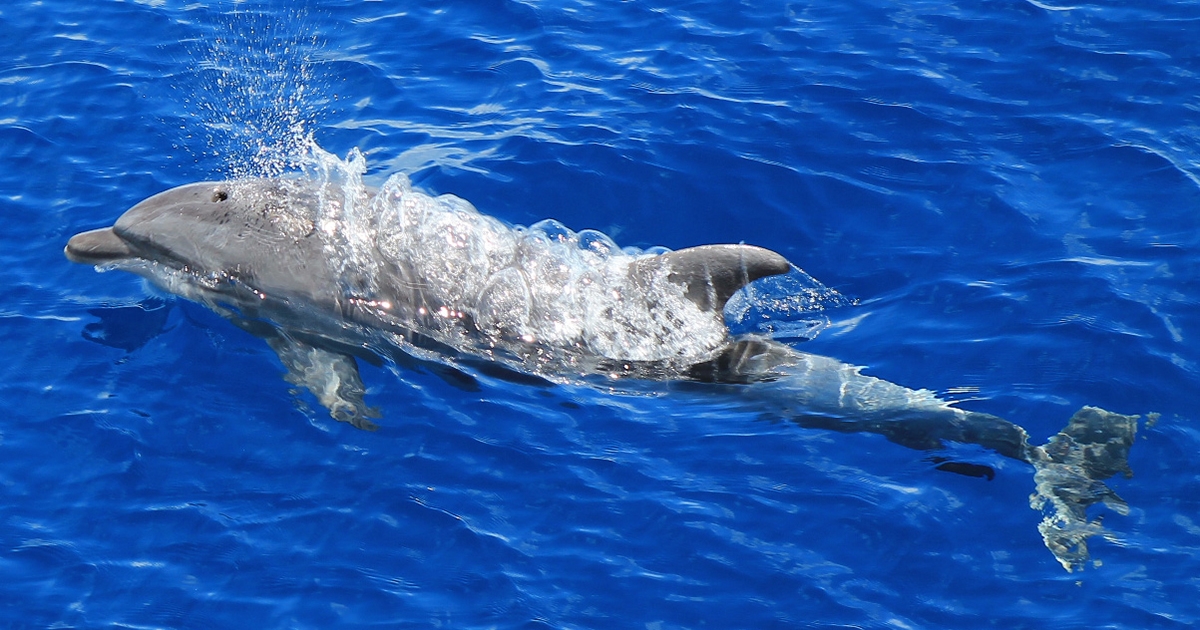
PSO Reports Prove Fruitful for Environmental Impact Assessments
The offshore energy landscape is progressing globally and expansion relies heavily on investments in offshore infrastructure—both new and existing—which in turn hinges on data-rich, marine geophysical surveys to characterize sub-seabed features. Traditionally, these surveys require the use of seismic sources, which use sound to penetrate the seabed then listen for the acoustic reflections to create an acoustic picture of the geologic structure far below the seabed. The sounds produced during these surveys can potentially impact ocean life. Measurement, monitoring, and mitigation of Exploration and Production (E&P) sound sources is critical for assessing potential impacts and developing strategies for operations to co-exist in these environments.
Today, United States Federal regulations require placing protected species observers (PSOs) on board seismic survey platforms in the Gulf of Mexico (GOM). The PSOs are responsible for implementing mitigation measures designed to minimize impacts from the interaction of protected species with sound-producing marine activities. PSOs—of which at least three trained PSOs are required by the Bureau of Safety and Environmental Enforcement (BSEE) during seismic surveys—conduct visual observation during daylight hours on survey vessels and platforms operating an airgun source.
As a direct outcome of regulatory requirements of PSO reports, a significant amount of data has been gathered by the Bureau of Ocean Energy Management (BOEM). During the PSO observations, a variety of data are recorded, including the number of animals present, the species of animals observed, the behaviors of the animals observed, and the activity of offshore vessels.
Noted in research published in PLOS ONE, authors Mary Jo Barkaszi and Christopher Kelly, both Senior Scientists with CSA Ocean Sciences Inc. (CSA), analyzed data collected by trained PSOs during seismic surveys conducted between 2002–2015 to assess their utility in assessing marine mammal responses to seismic noise and effectiveness of required mitigation measures. In this study, a total of 3,886 PSO compliance reports were analyzed, comprising 598,319 hours of PSO visual effort and 15,117 visual sighting records of marine mammals.
Lead author Ms. Barkaszi commented, “This study demonstrates that agency-required PSO reports provide a robust and useful data set applicable to impact assessments; management, policy and regulatory decision making; but several improvements in content and consistency would facilitate finer-scale analysis of some topics and support statistical comparisons that could provide further insight into marine mammal responses and mitigation efficacy.”
Research presented in this study and others—like the climate vulnerability assessment co-authored by CSA subject matter experts in 2023—play a critical role in decision-making for offshore developers, be it in oil and gas, offshore wind, tidal energy, and more.
To find out more about the ocean sound and marine life services provided by CSA, visit: https://www.csaocean.com/services/marine-sciences/ocean-sound-marine-life/ocean-sound-services
Corporate Headquarters
8502 SW Kansas Ave.
Stuart, FL 34997
Recent Blogs
- Supporting the Realization of Sustainable Energy at the Caribbean Sustainable Energy Conference 2024 Jun 24, 2024
- CSA Provides Planning and Field Support for First Carbon Sequestration Ocean Experiments by Gigablue® May 16, 2024
- PSO Reports Prove Fruitful for Environmental Impact Assessments Apr 15, 2024

